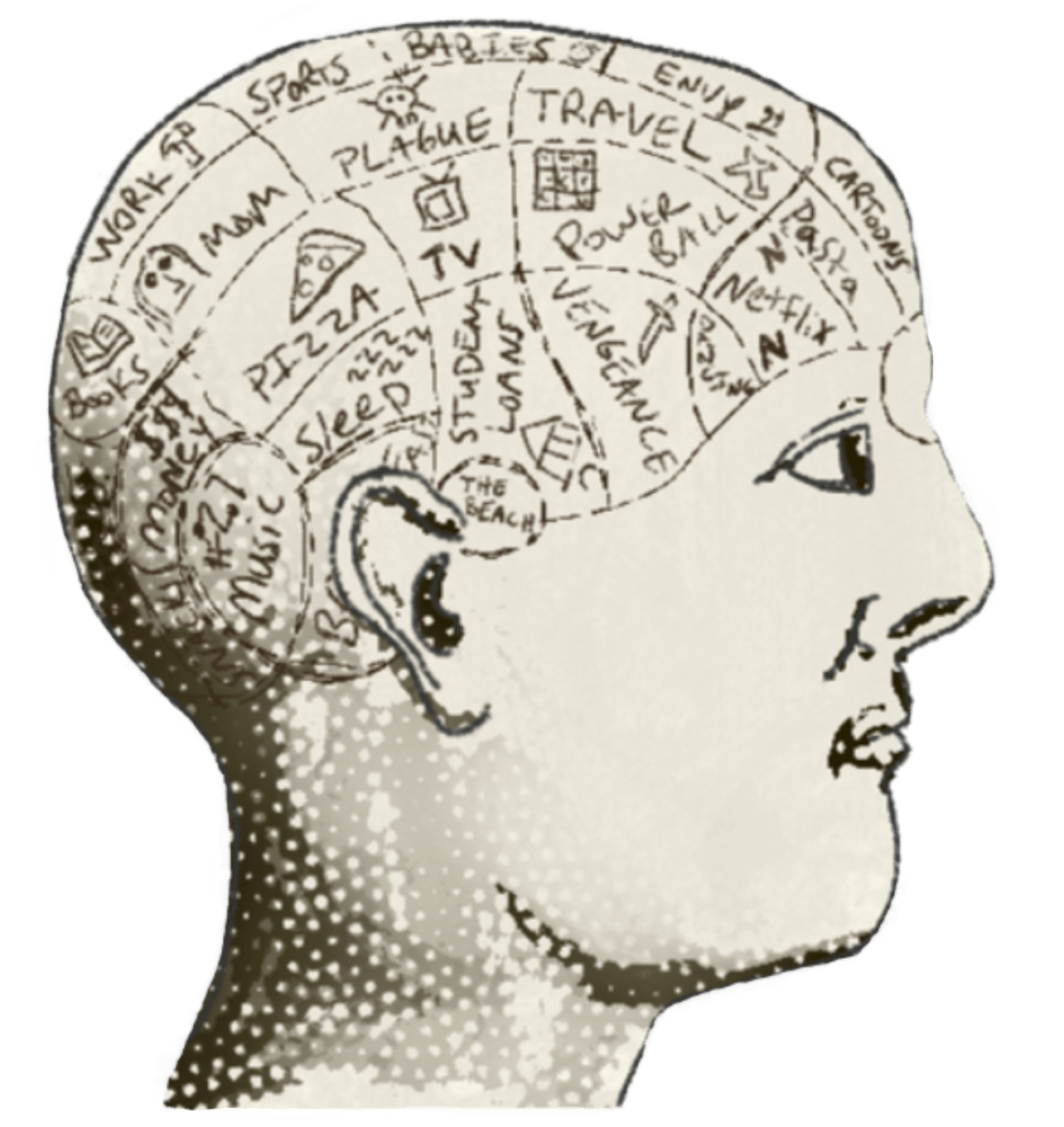Your Museum Is for Hire [Part 2]
Every job has a functional, social, and emotional dimension.
[In case you missed it, you can read part one of this series here.]
There’s a thought-provoking idea that has stuck with me over the years: Don’t upgrade your product, upgrade your users.
This idea comes from Kathy Sierra, game developer and author of Badass: Making Users Awesome. Sierra’s work focuses on the sociological side of product development and invites us to think of our audiences as being on a journey of personal growth. When Sierra says, “Don’t upgrade your product, upgrade your users!” she’s talking about how your organization or product enables audiences to accomplish their goals.
For example, people don't use a camera just to “use a camera.” They use a camera to take photos. And why do they take photos? Well, the reason someone takes a photo will likely differ based on the individual and the particular circumstance. As a museum, do you know how a visit (or a membership) helps an individual make progress toward their goals (i.e., facilitates a positive change in their lives)?
In Part 1 of “Your Museum is for Hire”, we explored the theory of Jobs To Be Done (JTBD) which aims to explain why consumers “hire” products to help them make progress toward their goals. Importantly, the “job” is something that remains stable over time. By clearly defining a customer’s desired goal, museums can evolve their offerings and develop solutions that create true value for both the organization and the customer.
To discover unmet needs and reveal hidden motivations, we can use a combination of research methods to investigate the job to be done, including:
Behavioral Analysis. Uncovering patterns in behavioral data can help us identify and understand customer needs. By examining the historical and real-time behaviors of visitors, members, lapsed members, and donors, we can analyze trends and factors that influence visitation, giving, member churn, and the customer journey. Behavioral analytics can tell us when and how often someone visits, who they bring with them to the museum, the website content they interact with most, and when a member might be at risk for lapsing—this data can offer insight into the jobs that customers are trying to accomplish at different stages of the customer lifecycle.
Surveys. Surveys are invaluable in establishing a baseline of consumer motivations at scale and we can use surveys to measure key indicators like top-of-mind awareness, attitudes, leisure and education trends, and propensity to visit. We can also leverage surveys to assess willingness to pay for certain membership benefits and satisfaction with available options for specific jobs.
In-depth Interviews. The objective of interviews is to understand the situation and the person in depth. Because people often find themselves needing different things at different times, in-depth interviews allow us to establish rapport with participants and ask probing questions to explore topics in greater detail. Through interviews, we can better understand the situation that precipitated a purchase, giving us insight into the functional as well as the emotional dimensions of the job to be done.
Observation. During observation, we are seeking to understand the compensating behaviors of consumers as they attempt to “make do” with what’s available. Such observation allows us to see the substitutes and workarounds a person uses that mask the underlying job needing to be done.
Co-creation. Sometimes, potential customers may not be able to articulate what the job is that they are trying to achieve. In these situations, the museum and the customer can collaborate and co-create a solution together. The value of such co-creation can result in uncovering an entirely new market segment.
When we take the time to discover the underlying motivation driving a purchase decision or behavior, we can learn much more about not only what the job is that our customer is trying to achieve, but also how they want to achieve it.
Looking through the lens of the functional, social, and emotional aspects of the job, we can see how a museum’s offerings can best serve customers and meet their specific needs. Thus, by applying the JTBD framework, we can create more effective products and services, and help our customers make positive changes in their lives.
Thought experiment
Imagine how a visit to your museum might help someone accomplish the job of being a good parent.
Now think about how membership as a product or service might be designed to do the job of helping someone make progress toward their goal of being a good parent. (If you’re working in a different context — like visitor experience — you can reframe this question or consider how you might work with membership folks to support this goal!)
What would you create or change in your museum to support the job of “being a good parent”?
Does framing participants’ goals in this way generate more questions than answers? Which of the methods listed above can you pursue to help you answer those questions and support that goal?
Rosie
P.S. If you’d like to dive deeper into topics like this one, please join me in the MAP Community’s Membership Innovation Group, where we spotlight exciting work happening in membership programs in cultural organizations around the country.
